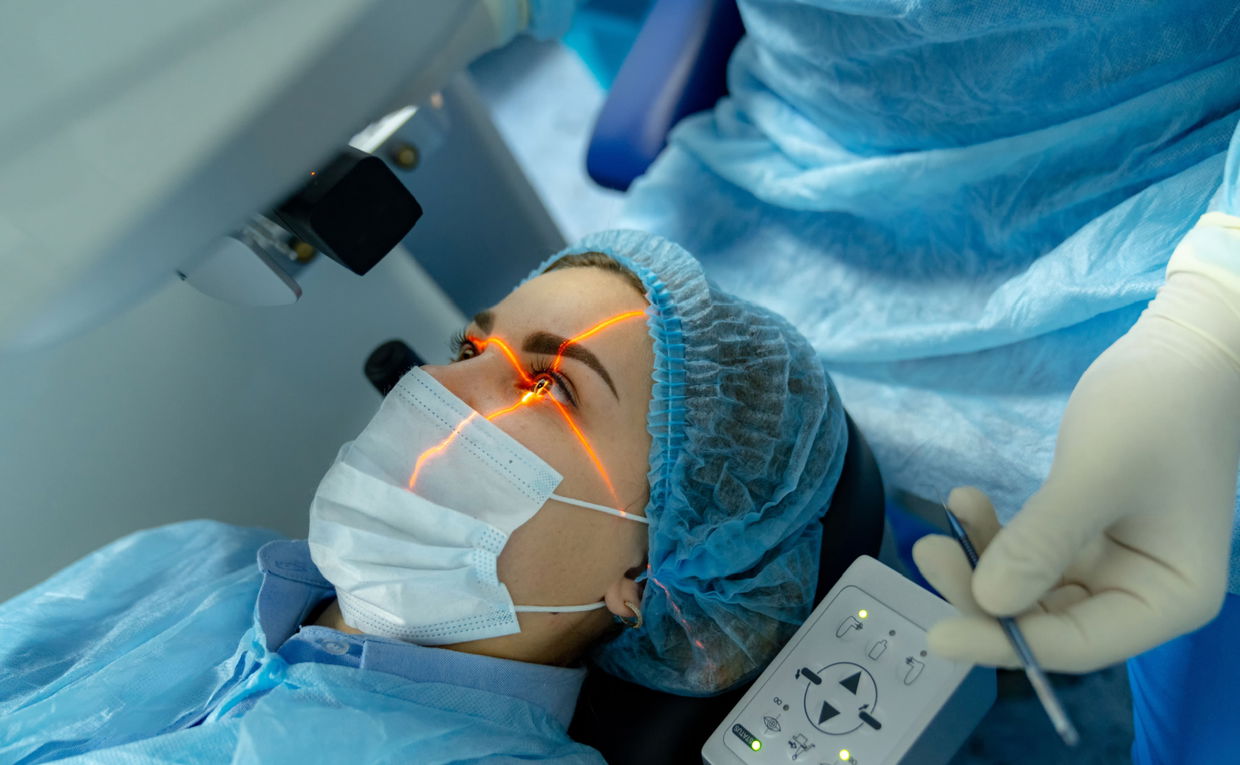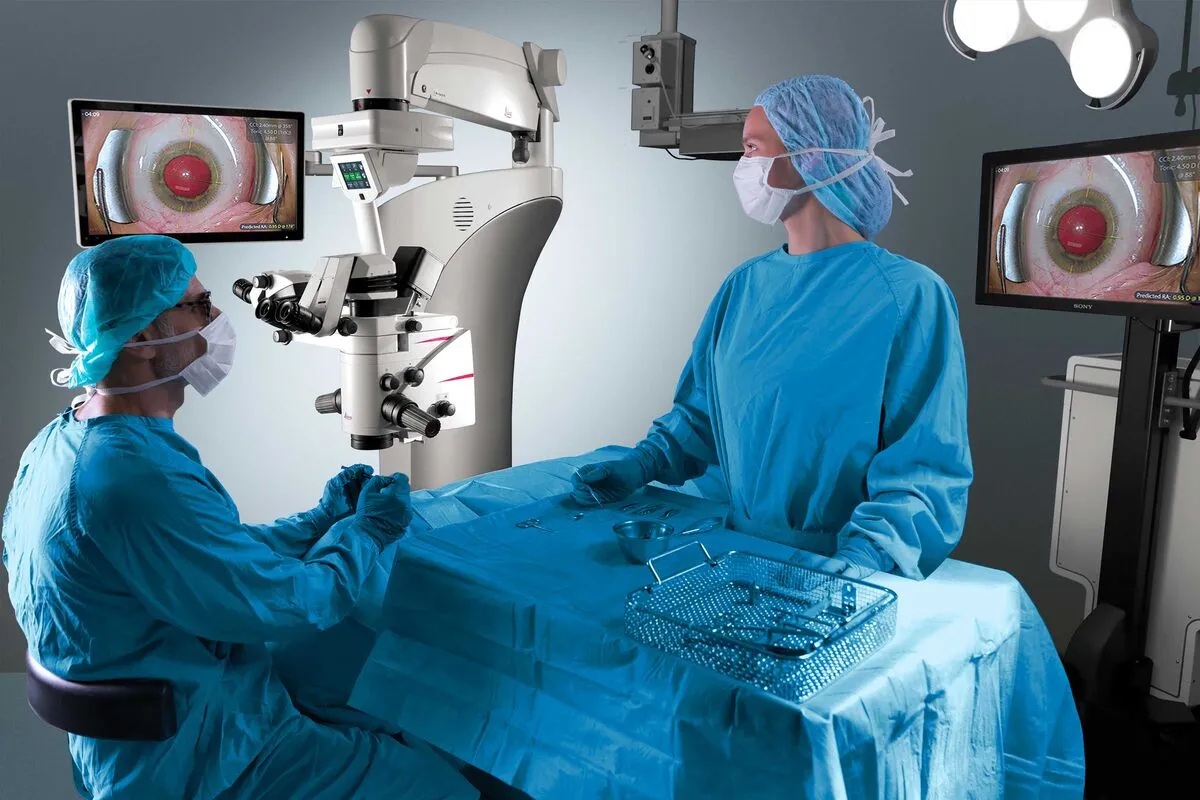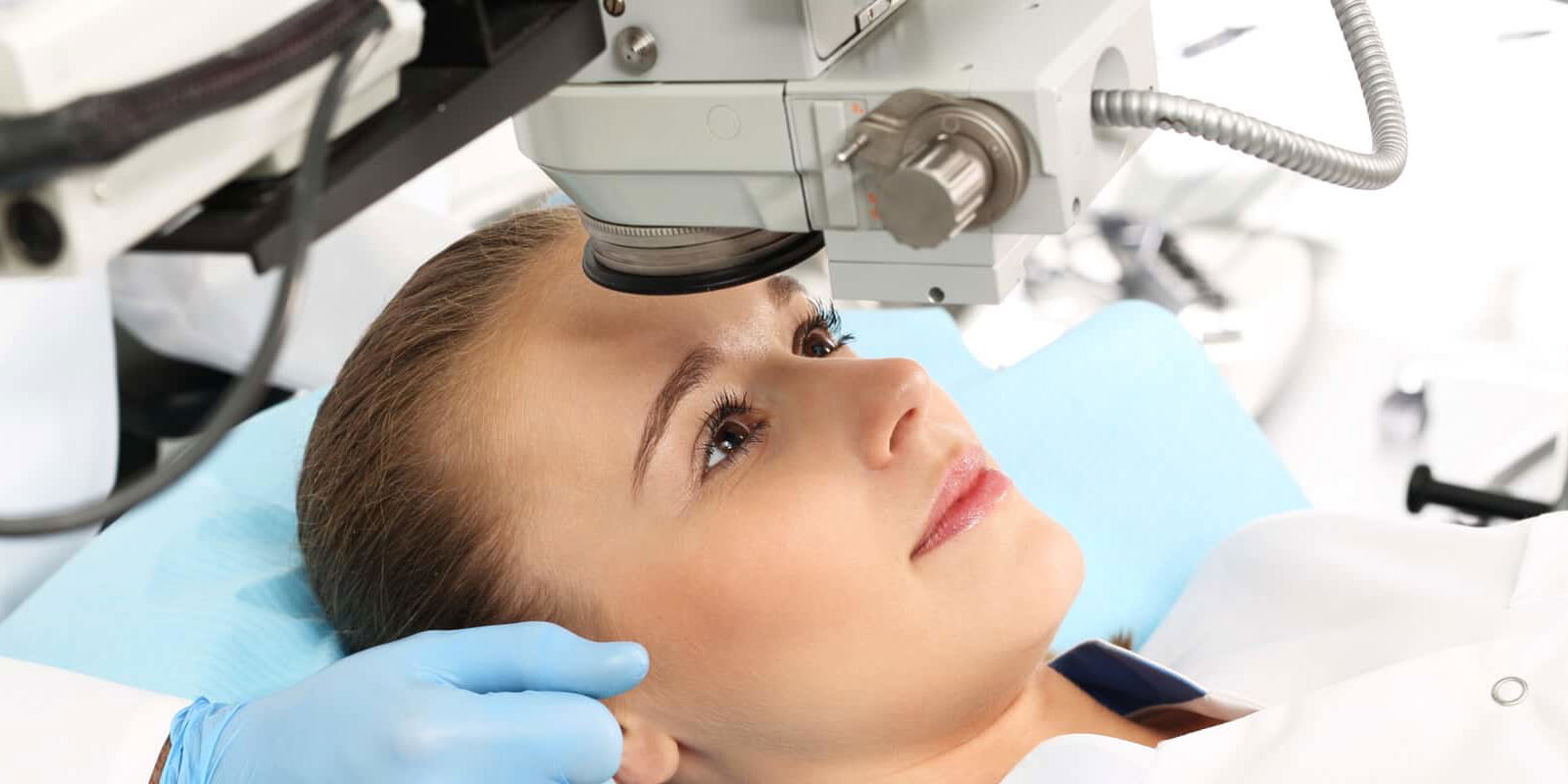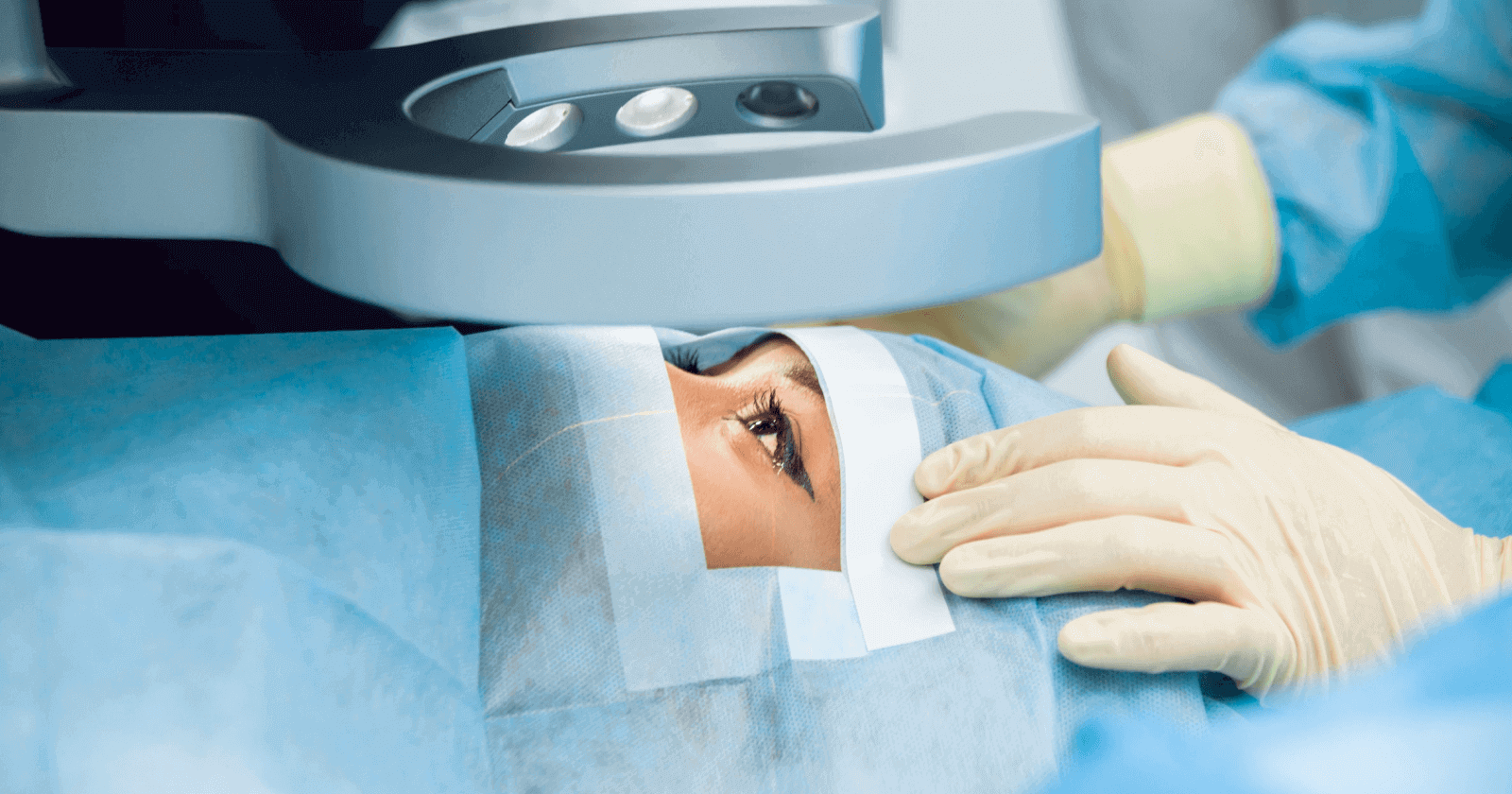Ophthalmological Surgery and Procedures

South Africa has emerged as a premier destination for high-quality, affordable ophthalmological surgery, attracting both local and international patients. With internationally trained eye surgeons, cutting-edge technology, and JCI-accredited hospitals, the country offers exceptional eye care at a fraction of the cost in Western nations.
What sets South Africa apart is the unique opportunity to combine vision correction surgery with a luxury safari or recovery retreat in stunning locations like Cape Town, Kruger National Park, or the Winelands. Let's explore the common ophthalmological procedures available, top surgeons, costs, recovery options, and how to plan a seamless medical safari for an unforgettable healing journey.
Introduction
Ophthalmic (or ophthalmological) surgery refers to procedures that treat conditions affecting the eyes and visual system. These surgeries can range from simple procedures like removing cataracts to complex surgeries addressing eye diseases or trauma. Ophthalmic surgeons specialize in diagnosing and treating various eye conditions, often using both surgical and non-surgical methods.
Here are some popular types of ophthalmic surgery:
Cataract Surgery
Cataract Extraction: The most common type of eye surgery, cataract surgery involves removing the cloudy lens from the eye and replacing it with an artificial intraocular lens (IOL). This restores vision that has been impaired by cataracts, which are common in older adults.
Phacoemulsification: A modern technique for cataract removal where high-frequency ultrasound is used to break up the cataract into small pieces before being removed through a tiny incision.
Refractive Surgery
LASIK (Laser-Assisted in Situ Keratomileusis): A procedure to correct nearsightedness, farsightedness, and astigmatism by reshaping the cornea using a laser. LASIK is one of the most popular vision correction surgeries.
PRK (Photorefractive Keratectomy): Similar to LASIK, but instead of creating a flap in the cornea, the outer layer is removed to allow the laser to reshape the cornea.
SMILE (Small Incision Lenticule Extraction): A minimally invasive laser surgery used to treat nearsightedness by removing a small piece of tissue from the cornea.
ICL (Implantable Collamer Lens): A lens is implanted inside the eye to correct severe refractive errors that cannot be corrected by LASIK or PRK.
Glaucoma Surgery
Trabeculectomy: A procedure to create a new drainage pathway in the eye to relieve intraocular pressure (IOP) in patients with glaucoma, preventing damage to the optic nerve.
Tube Shunt Surgery: Involves placing a small tube in the eye to help drain fluid and lower eye pressure in glaucoma patients.
Laser Trabeculoplasty: A laser is used to improve fluid drainage in the eye, which can help lower intraocular pressure in open-angle glaucoma.
Retinal Surgery
Vitrectomy: A procedure where the vitreous gel (the jelly-like substance in the eye) is removed to treat various retinal problems, such as retinal detachment, diabetic retinopathy, or macular holes.
Retinal Detachment Surgery: A procedure to reattach the retina, which may include a vitrectomy, laser treatment, or the use of a gas bubble or silicone oil to hold the retina in place while it heals.
Macular Hole Surgery: A surgery that involves removing the vitreous and sometimes the internal limiting membrane to treat macular holes, which affect central vision.
Laser Photocoagulation: A laser is used to seal retinal tears or to treat retinal conditions like diabetic retinopathy by stopping abnormal blood vessel growth.
Corneal Surgery
Corneal Transplant (Keratoplasty): A procedure where a damaged or diseased cornea is replaced with a healthy donor cornea. This is often done for conditions like keratoconus, corneal scarring, or dystrophies.
DMEK (Descemet Membrane Endothelial Keratoplasty): A type of corneal transplant where only the damaged layer of the cornea (the endothelial layer) is replaced, offering faster recovery times and better results.
Eyelid Surgery (Blepharoplasty)
Upper Eyelid Surgery: Involves the removal of excess skin, fat, or muscle from the upper eyelids to improve vision or for cosmetic reasons, such as drooping eyelids.
Lower Eyelid Surgery: Often done to remove puffiness or under-eye bags caused by excess fat or skin, improving both appearance and function.
Ptosis Surgery: Addresses drooping eyelids by tightening the muscles that lift the eyelid, often performed when the condition interferes with vision.
Orbital Surgery
Orbital Fracture Repair: A surgery to repair fractures or injuries to the bones surrounding the eye socket (orbit), often resulting from trauma.
Orbital Tumor Removal: A procedure to remove tumors from the orbit that could affect the eye or optic nerve, either benign or malignant.
Strabismus Surgery
Strabismus Surgery: A procedure to treat misalignment of the eyes (commonly known as crossed eyes or "lazy eye"). The surgery involves adjusting the eye muscles to improve alignment, enhancing both appearance and binocular vision.
Ocular Prosthetics
Artificial Eye Surgery: If an eye is removed due to injury, disease, or other conditions, a prosthetic eye may be surgically fitted to restore the appearance of the eye socket.
Pterygium Surgery
Pterygium Removal: A pterygium is a growth of tissue on the eye, usually from sun exposure or irritation. If it affects vision or becomes uncomfortable, surgical removal may be needed.
Laser Eye Surgery (Other)
Laser Iridotomy: A procedure used to treat narrow-angle glaucoma, in which a laser is used to create a small hole in the iris to improve fluid drainage in the eye.
Laser Capsulotomy: After cataract surgery, a part of the capsule that holds the lens may become cloudy. This laser procedure is used to clear the capsule to restore clear vision.
After ophthalmic surgery, the recovery time and care vary depending on the type of procedure. For example, LASIK recovery may take a few days, while a corneal transplant or retinal surgery might take longer. Follow-up appointments are essential to monitor healing, manage potential complications, and ensure the best possible outcome. More reason to consider a luxury stay in the bush to facilitate a quick recovery.
Why Choose South Africa for Eye Surgery?
Internationally Trained Ophthalmologists
Many surgeons trained in the US, UK, or Europe.
Registered with HPCSA (Health Professions Council of South Africa) and Ophthalmological Society of South Africa (OSSA).
Advanced Technology & Techniques
Femtosecond laser-assisted cataract surgery.
Wavefront-guided LASIK & topography-guided PRK.
Robotic retinal surgery (in select centers).
Cost Savings Compared to the US & Europe
- LASIK R25,000 – R40,000 ($4,000+ in USA) (£3,000+ in UK)
- Cataract (Monofocal IOL) - R30,000 – R60,000 ($5,000+ in USA) (£4,000+ in UK)
- Glaucoma (Trabeculectomy) - R50,000 – R90,000 ($8,000+ in USA) (£6,000+ in UK)
- Retinal Detachment Repair R80,000 – R150,000 ($15,000+ in USA) (£12,000+ in UK)
Why South Africa is the Ideal Choice
✅ World-class eye surgery at lower costs.
✅ Highly skilled, internationally trained surgeons.
✅ Luxury recovery in safari lodges & coastal retreats.
For patients seeking advanced ophthalmological care while enjoying a once-in-a-lifetime African adventure, South Africa offers the perfect blend of medical excellence and unforgettable travel.
Final Tips for Medical Tourists
✔ Book through the Secrets VIP Medical Safari desk for seamless planning.
✔ Choose malaria-free safari zones if recovering.
✔ Plan extra recovery days before long flights.
Combining Eye Surgery with a Luxury Safari: Considerations
1. Pre-surgery relaxation in Cape Town or the Winelands.
2. Post-op recovery in 5-star lodges with private medical support.
3. Game drives & scenic tours tailored for post-surgery comfort.
Recovery & Post-Op Care in Luxury Safari Settings
Typical Recovery Times
LASIK / PRK / SMILE – 24–48 hours (light sensitivity).
Cataract Surgery – 1–2 weeks (avoid dust & water).
Retinal Surgery – 2–4 weeks (limited physical activity).
Best Luxury Recovery Destinations
Cape Town (One&Only, Belmond Mount Nelson) – Coastal relaxation.
Kruger National Park (Singita, Sabi Sabi) – Private game lodges.
Franschhoek Winelands (Mont Rochelle, Delaire Graff ) - Serene vineyards.

By combining precision eye surgery with a luxury safari, patients can achieve clearer vision while experiencing the beauty of South Africa.









Share This Page